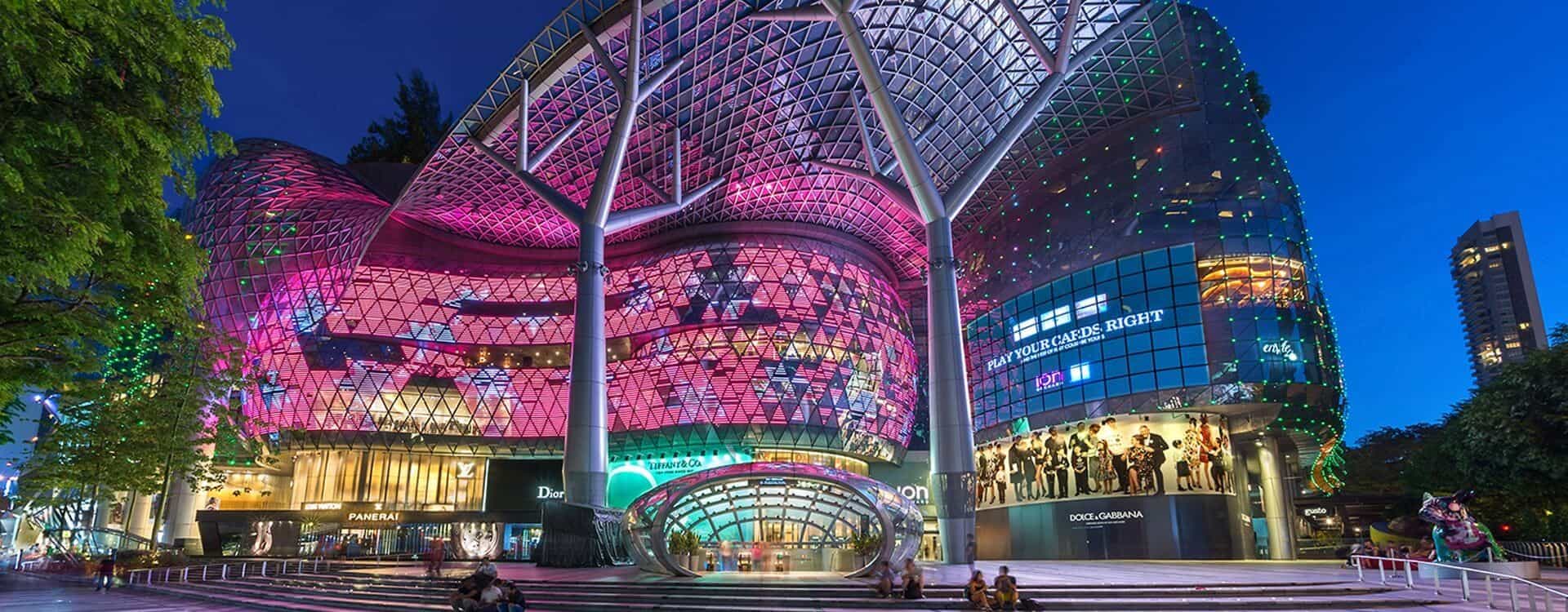Malls

Mixed-use complexes are being built on the sites of former shopping malls in cities like Vancouver and Los Angeles, as well as abroad.
Shopping mall owners face the challenge of remodelling and redevelopment on a regular basis because of altering customer tastes or fresh competitors. Redevelopment may range from simple sprucing-ups and new businesses to completely redeveloping the same site with new buildings, streetscapes and diversified uses as well as new connections to the neighbouring communities and new transit options.
An “planned” transit system may be problematic since some cities have reversed transit building choices, waited decades to establish a new system, or failed to produce a decent product when they redeveloped malls with strong BRT or rail links. If there is already a mode of transportation, it will be easy to go about. Some projects fail to take use of their transport links even after they have opened a line, forcing shops and tourists to trudge through long, lifeless tunnels, up and then down, or out in the scorching heat, rain or snow, with no navigation signs to guide them.
A mall redevelopment with additional uses such as entertainment, a hotel, restaurants or office buildings may be a tough endeavour with the addition of organised parking. It’s significantly more difficult to increase density and include a diverse mix of uses and a street grid that links to current roadways and public transportation. A variety of uses, linkages to the neighbouring communities, and access to public transportation are all part of the renovation of these three complex malls, which are highlighted in this article.
The shopping mall is a symbol of American consumer culture across the globe. More than one million customers lauded its climate-controlled grandeur as a haven of unequalled fashion and speciality products, while others decried it for contributing to the growth of suburbs while also threatening small businesses in metropolitan centres. Even if people have different views, malls have become an integral aspect of daily life in the United States and throughout the globe.
As a public meeting space and a highly sought-after retail destination, the mall has become an integral part of many communities. To put it another way, the fate of the mall might have a direct impact on the town. America now has more than 1,500 retail centres ranging from few hundred thousand square feet to over 3 million (278,700 square meters).
Every town and city has at least one mall, and there are many more around big cities. Chain retailers and department stores comprise the majority of enclosed malls. As a result of their prominent location in the metropolitan area’s middle-class suburbs, these shopping centres offer a variety of advantages to customers. They are conveniently located near major highways, freeways, and arterials, and they are run by a single entity, making the shopping experiences they provide perceived as clean, safe, and predictable.However, the circumstances that spawned and supported commercial malls are fast changing:
Only a few new malls are now under development, since the mall sector has matured and most markets are already saturated. It is becoming more difficult to find large sites suited for mall building, as are governmental permissions and new markets, save in a few high-growth exurban locations. A large number of malls are now decades old, and their stock is fast dwindling.
The mall design was becoming more uniform, with predictable architectural designs, finishes, layouts, settings, and shops, until lately, at what were previously urban boundaries, aged malls are now firmly imbedded tastes were getting more varied. Nowadays, customers are looking for authenticity and a stronger feeling of belonging to their local communities. Customers are increasingly looking for outdoor, streetfront retail experiences that are more integrated into their daily routines, whether it’s a new centre or an older shopping area. Sadly, today’s malls are lacking in this regard.
Family structures where one parent works and the other remains at home (and has time to shop) are no longer the norm. Singles, elderly individuals, and families with two incomes are among the growing number of “nontraditional” households, who often have more cosmopolitan shopping expectations than those of previous generations. Today’s families just can’t utilise the mall in the way it’s presently set up.
Shopping in malls is becoming less convenient as traffic congestion worsens in many areas. As more and more metropolitan areas become walkable or connected to public transportation, malls face a growing disadvantage in comparison to destinations that are more multifunctional and accessible by foot or public transportation. Customers may still travel to the mall, but the amount of time they have to spend shopping is shrinking as a result of their hectic schedules. near Huntington Beach, California, v Bella Terra Historically, traditional shopping malls relied on department stores to bring in new customers, but the bankruptcy and consolidation of many department store anchors, along with the unwillingness or inability of remaining chains to expand due to saturated markets or fragile balance sheets, have reduced the number of new construction opportunities.
As a consequence, additional anchors are now being added. Additionally, suburban areas created during this time period have grown and become more urbanised throughout the years since their malls were erected. Once-rural areas with cheap land costs, low-density housing construction, and single-purpose malls are becoming more urban areas with increasing land prices, greater densities, ageing neighbourhoods, traffic problems and a growing need to provide residents with more urban amenities and a broader range of purposes. These new development opportunities weren’t available when the original malls were constructed, and they’re a good thing.











